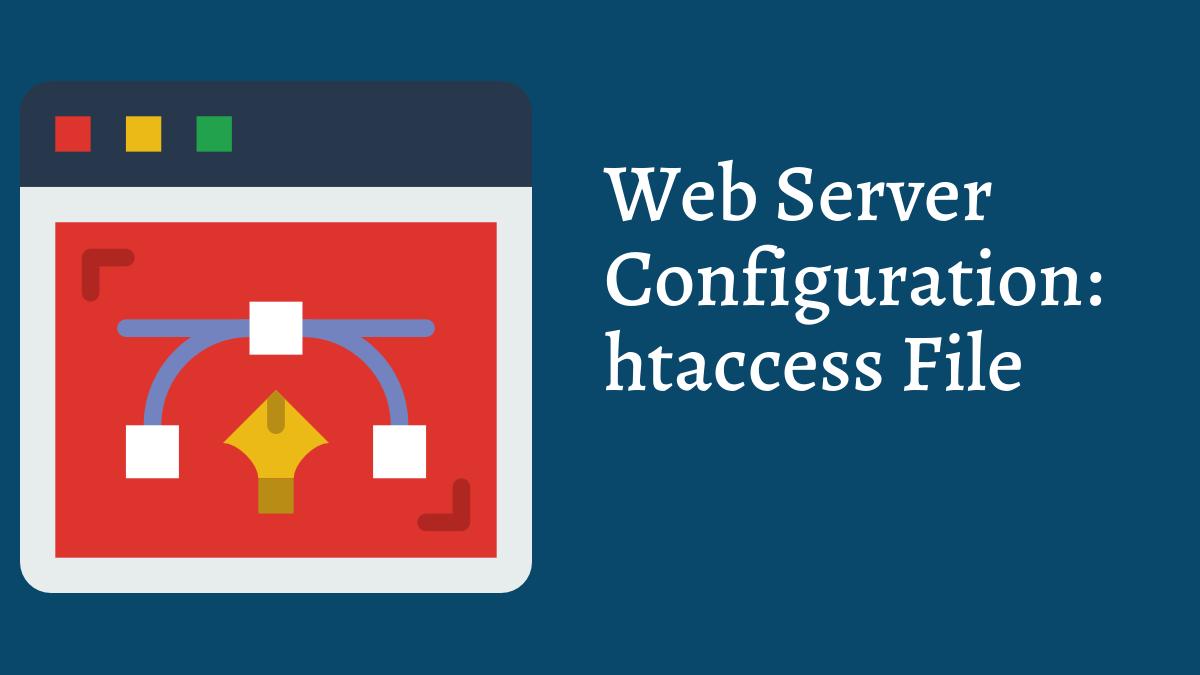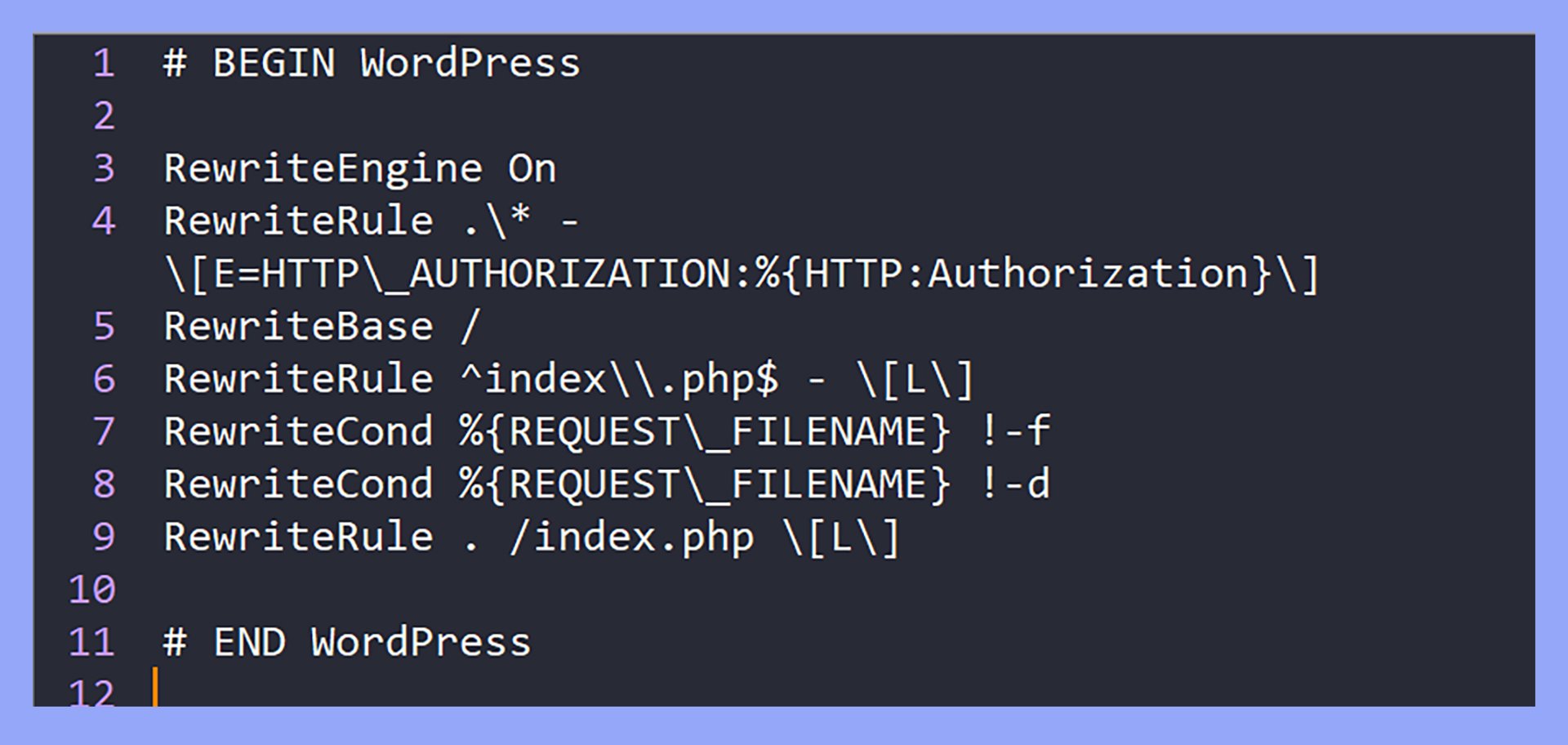Rule Your Website with .htaccess

WebCoder

What is an .htaccess File?
An .htaccess file is a simple text file that contains special instructions for your website. It tells your Apache web server how to handle specific tasks for your site — without changing the main server configuration. In short, it allows you to customize how your website behaves quickly and easily.

Uses:
- Easy to Edit: You can modify it yourself using any text editor — no need for server admin access.
- Instant Changes: Updates take effect immediately after saving — no server restart required.
- Flexible: You can create different .htaccess files for different folders, each with its own set of rules.
What Can You Do With It?
Below are some of the most common and useful functions of an .htaccess file:
1. Control and Improve Speed (Caching)
You can instruct browsers to store files like images, CSS, and JavaScript temporarily. This helps your website load faster when visitors return.
2. Redirect Visitors (URL Redirection)
If a page’s URL changes, you can automatically redirect users and search engines from the old page to the new one. This prevents broken links and helps maintain search rankings.
Example: Redirect visitors from yourdomain.com/old-page.html to yourdomain.com/new-page.html
3. Boost Security
You can enhance your website’s security using .htaccess rules, such as:
- Password protection: Restrict access to certain directories with a username and password.
- IP blocking: Deny access to specific IP addresses or countries.
4. Create Custom Error Pages
You can replace the default server error pages (like “404 Page Not Found”) with custom, user-friendly pages that guide visitors back to your site.
5. Change the Default Homepage
You can set a different file as the homepage when someone visits your site or a folder.
Example: Use home.php or welcome.html instead of the default index.html.
How It Works
The .htaccess file acts as a set of directory-level configuration rules for the Apache web server. Whenever someone visits your website, Apache automatically checks for an .htaccess file in the requested directory and applies the rules defined in it.
1. Apache Reads the File Automatically
Each time a visitor accesses your site, Apache searches for an .htaccess file starting from the root folder and moving through subfolders. If one is found, the rules inside are applied immediately — no server restart needed. Because this check happens on every request, any changes take effect as soon as you save the file.
2. Rules Apply to the Folder and Its Subfolders
The rules in an .htaccess file apply to the folder where it’s located and all its subdirectories. For example:
-
/public_html/.htaccess → affects the entire site
-
/public_html/blog/.htaccess → can override or extend the rules for the blog section
3. Multiple Files Can Be Used
You can place different .htaccess files in various directories. This lets you define separate settings for different parts of your site — for example, enabling caching in one folder and restricting access in another.
4. Server Configuration Must Allow It
For .htaccess files to work, Apache’s main configuration (httpd.conf) must have the AllowOverride directive enabled. If it’s set to None, Apache will ignore all .htaccess files.
Example:
<Directory /var/www/html>
AllowOverride All
</Directory>
5. Performance
Apache checks for .htaccess files in every directory for each request. Using too many of them slightly reduces performance. For faster sites, move permanent rules into the main Apache configuration when possible.
